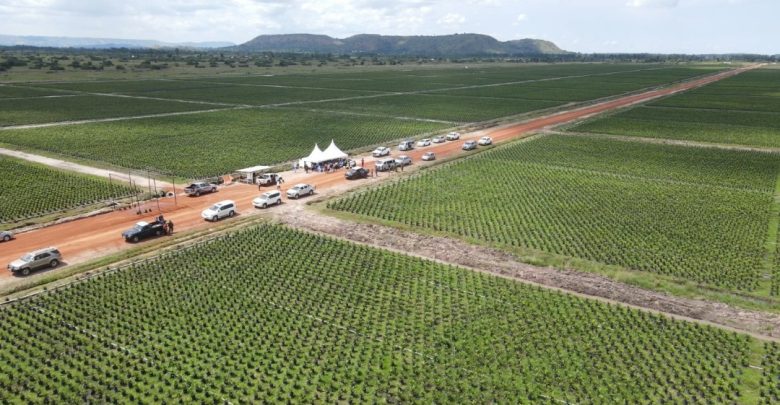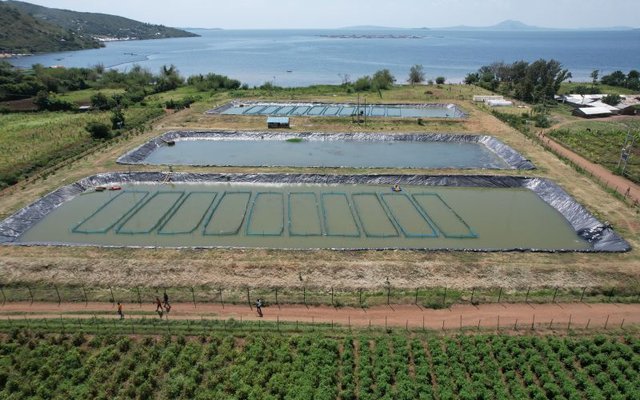At a Glance
- Large farms in East Africa blend innovation, technology, and sustainability to boost food security.
- Partnerships between commercial farms and smallholders strengthen supply chains and rural livelihoods.
- Climate-smart farming methods across Ethiopia, Kenya, and Tanzania reshape regional agriculture sustainably.
Across East Africa’s fertile farmlands, from Ethiopia’s green highlands to Tanzania’s vast plains, agriculture is evolving fast.
The region’s largest farms are driving a new wave of agribusiness growth, blending technology, sustainability, and investment to boost food production and create rural jobs.
From dairy and coffee estates to vast grain ranches, these farms show how modern agribusiness in East Africa is helping secure food supply while supporting smallholder farmers and protecting the environment.
They bring in capital, better tools, and management skills that stabilize supply chains and create steady markets for local growers.
Their reach is helping steady food systems, introduce climate-smart methods, and open up work opportunities in regions that need them most.
For policymakers and investors, one idea keeps coming up: when commercial farms and smallholders work together, the results are stronger harvests, more resilient communities, and a fairer share of the rewards.
Large farms are not replacing East Africa’s smallholders, they are working alongside them. Together, they are shaping a food system that can meet tomorrow’s needs without losing sight of the people and places that make it possible.
Below are five (5) of East Africa’s most prominent farms profiled by Shore Africa, each showing a different way modern agribusiness can take root without losing sight of people and the land.
1. Victory Farms, Kenya
Victory Farms is a major vertically integrated tilapia producer on Lake Victoria, operating large clusters of offshore cages, sizable hatchery facilities and shore-based processing and retail outlets. The company sources fingerlings from its own hatcheries, grows fish in deep-water cages near Homa Bay, and processes and sells fresh tilapia across Kenya — a model that compresses the full value chain under one roof. Victory Farms has pursued rapid expansion, invested in one of the region’s largest hatcheries and joined industry improvement programmes to strengthen standards and environmental management. The operation creates local jobs, supports upstream suppliers and aims to boost affordable protein supplies for urban and peri-urban consumers while scaling commercial aquaculture in East Africa.
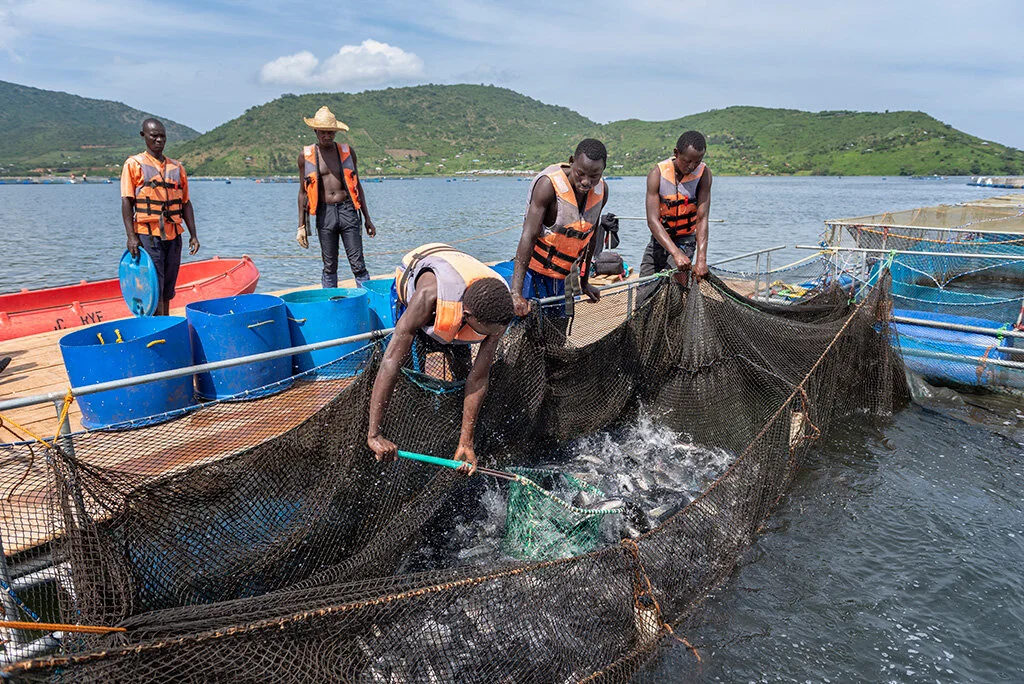
2. Rift Valley Farms, Kenya
The Rift Valley, stretching from Naivasha to Kericho, hosts Kenya’s largest concentration of commercial farms. Vast flower estates around Naivasha, large cereal and dairy farms in Uasin Gishu, and tea plantations in Kericho form the core of the country’s agribusiness. Many producers are export-oriented, meeting global standards while promoting soil and water conservation. The region employs thousands, supports extensive supply chains,from nurseries to cold-chain exporters, and drives both food security and foreign exchange. The Rift Valley exemplifies how region-based, responsible agribusiness can sustain livelihoods, protect the environment, and anchor Kenya’s agricultural economy.
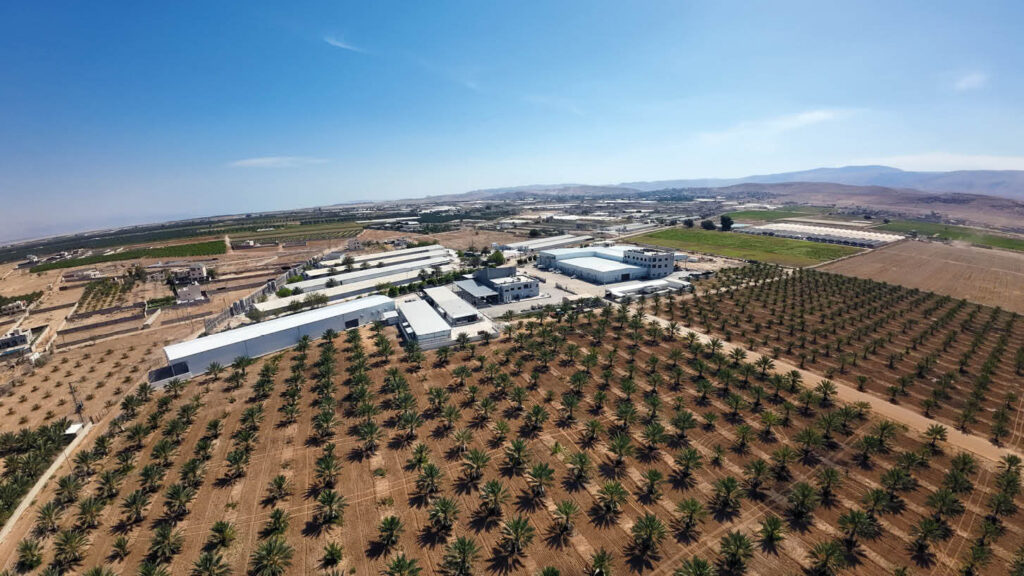
3. Nagari Integrated Dairy, Ethiopia
Spread over about 1,200 hectares, Nagari Integrated Dairy is among Ethiopia’s largest and best-known dairy operations. It keeps more than 7,000 Holstein cows and handles milk, yogurt, and cheese processing right on the farm, cutting out middle steps between production and the shelf. Nagari has made sustainability part of daily work. Methane from manure is captured for energy, solar power drives parts of the milking system, and tree belts around the fields protect nearby habitats. The farm employs over 1,500 people and works closely with local feed suppliers. For surrounding communities, it means steady jobs, better nutrition, and a dependable source of dairy products.
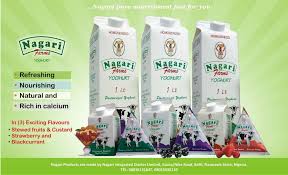
4. Sego Farms, Ethiopia
In Ethiopia’s fertile central belt lies Sego Farms, a major grower of maize, wheat, and soybeans. The company uses GPS-guided tractors, precision irrigation, and improved seeds to push yields as much as 50 percent higher than typical farms nearby. Even with its success, challenges persist. Seasonal water shortages and the occasional locust outbreak keep managers alert. The experience underscores a key lesson for regional agriculture, technology helps, but real progress depends on shared planning and long-term climate adaptation.
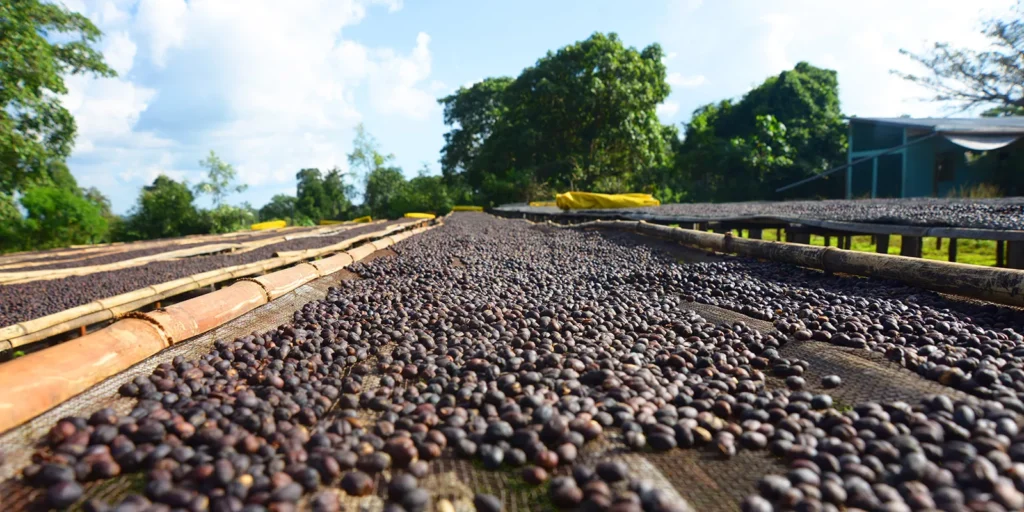
5. Horizon Plantations, Ethiopia
Owned by Ethiopian Billionaire, Mohammed Hussein Al Amoudi’s MIDROC Group, Horizon Plantations manages some of Africa’s largest coffee estates — among them Limu (about 12,000 hectares) and Bebeka, one of the world’s biggest single coffee farms at more than 10,000 hectares. These estates are certified under UTZ and Rainforest Alliance programs and focus on soil health, water protection, and shade-grown production. Horizon employs thousands in rural Oromia and shows how large-scale agribusiness, done responsibly, can create value while caring for workers and the environment.
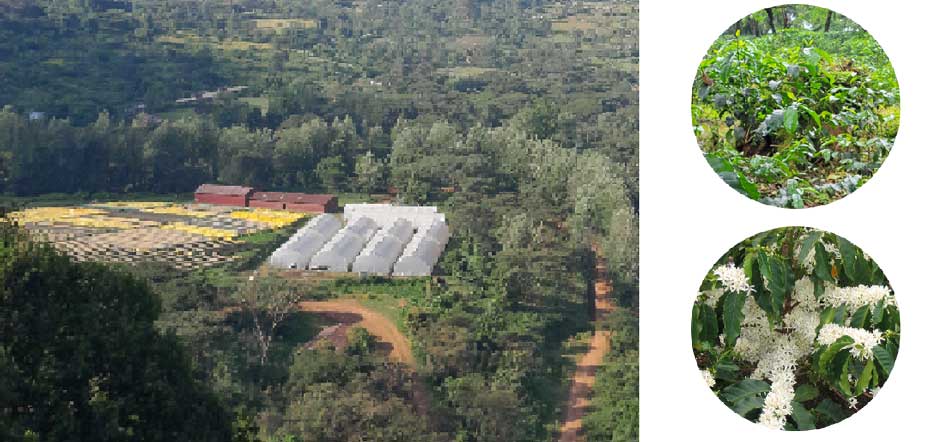
6. Tanzania’s Commercial Ranches
Across southern and western Tanzania, sprawling ranches form the backbone of the country’s beef supply. They produce meat for local tables and export markets while employing thousands in rural districts. Wami River Ranch, owned by J.T. Ranching Company, which is located about 150 km northwest of the commercial capital, Dar es Salaam. Other cattle farming regions are concentrated in areas like the Dodoma Region, the Shinyanga Region, and the southern and northern highlands, including the regions of Arusha, Kilimanjaro, and Mbeya. More ranchers are now practicing rotational grazing and breeding hardier cattle to boost yields and protect the land. Still, poor road networks and limited cold storage slow progress. Yet the move toward sustainable rangeland management signals real change for Tanzania’s livestock industry.
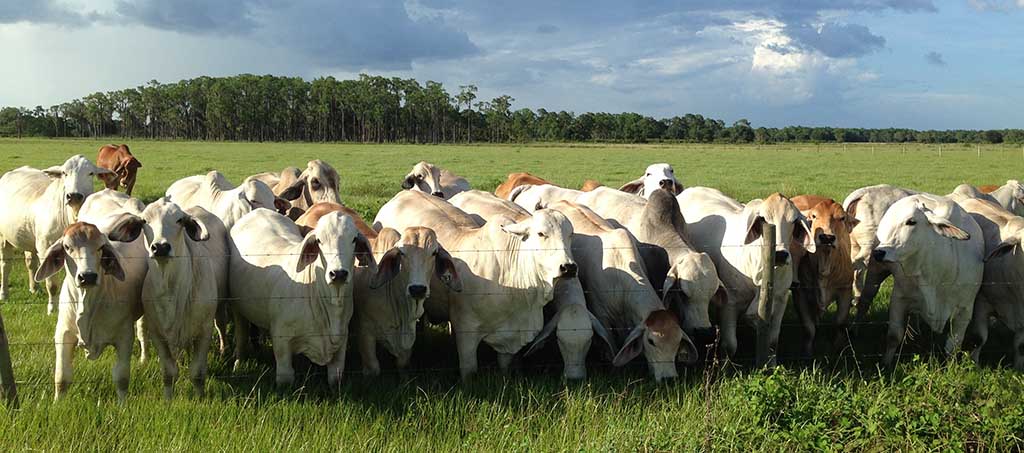
7. Sango Bay Estates – Uganda
Location: Kakuuto, Rakai District
Size: Approximately 65,000 hectares
Overview: A sugar manufacturer, Sango Bay Estates is among Uganda’s largest sugar producers, with an annual production capacity projected at 60,000 metric tonnes.
